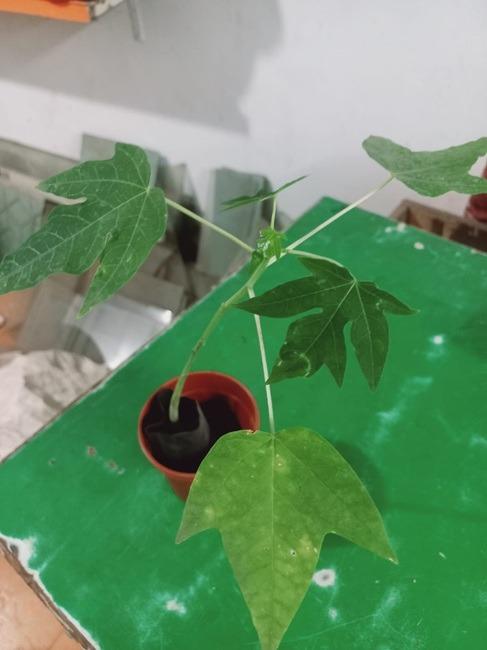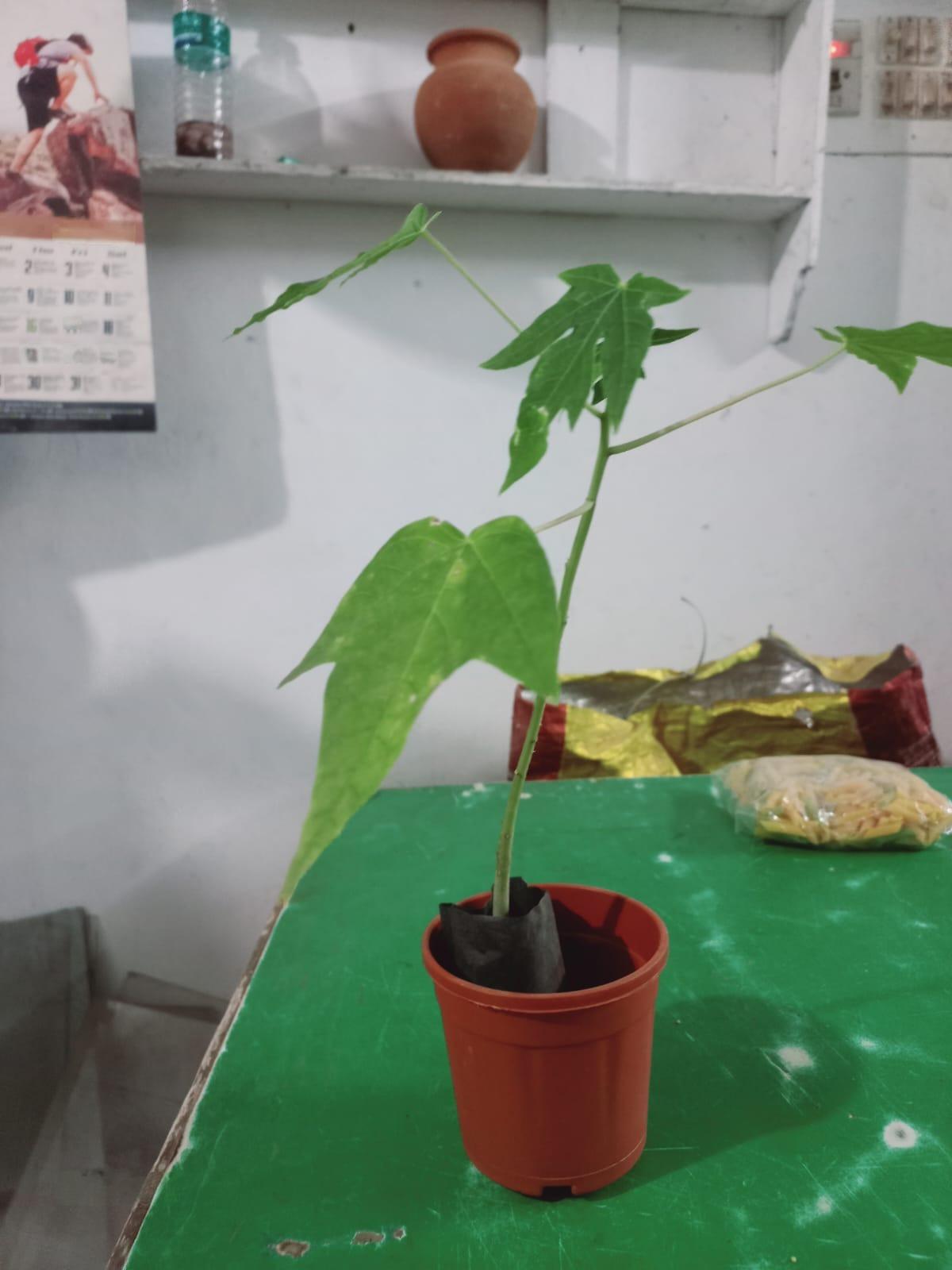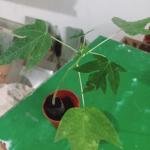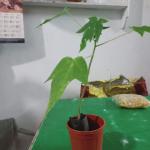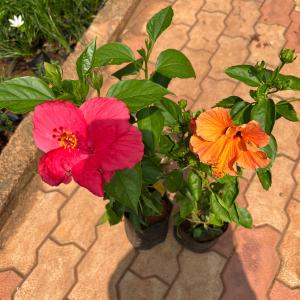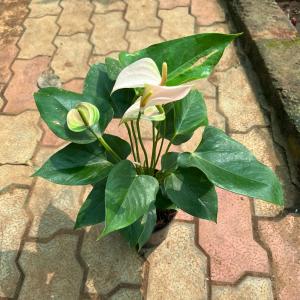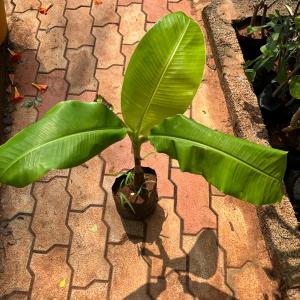You said:
Also known as White Aglaonema or dotted Aglaonema is an easy indoor perennial plant. Best suited for carefree plant parents due to its low maintenance. It is also suggested by NASA as perfect air purifying plant. Aglaonema Snow White is a popular houseplant known for its attractive, white-variegated leaves. It is a low-maintenance plant that is easy to care for and can tolerate low light levels, making it a good choice for those who don't have a lot of time to devote to plant care. Some of the benefits of the Aglaonema Snow White plant include: Air purification: Like other Aglaonema plants, the Aglaonema Snow White is known to filter toxins such as formaldehyde and benzene from the air, making it a natural air purifier for your home. Long-lasting: Aglaonema plants have a long lifespan, with some specimens known to live for over 30 years when well-cared for. Versatility: Aglaonema plants are suitable for a range of indoor environments, including offices, bedrooms, and living rooms. Aesthetic appeal: The Aglaonema Snow White plant has attractive, white-variegated leaves, making it a visually appealing addition to any indoor space. Easy to care for: Aglaonema Snow White plants are generally easy to care for and do not require frequent watering or pruning. They can tolerate a wide range of temperatures and are not prone to pests or diseases. Aglaonema Snow White Plant Care Tips Light: Aglaonema plants prefer indirect, low light levels and can tolerate low light conditions. Avoid placing the plant in direct sunlight, as this can cause the leaves to yellow or fade. Watering: Water the plant when the top inch of soil feels dry to the touch. Avoid overwatering, as this can lead to root rot. Temperature: Aglaonema plants prefer temperatures between 65-85°F (18-32°C). Avoid placing the plant in areas with drafts or extreme temperature fluctuations. Soil: Use a well-draining, peat-based potting mix for your Aglaonema Snow White plant. Fertilizing: Feed the plant with a balanced, water-soluble fertilizer once a month during the growing season (spring through fall). Pruning: If the leaves of the Aglaonema Snow White plant become yellow or damaged, you can remove them by cutting them off at the base with a clean pair of scissors. Pests: Aglaonema plants are generally resistant to pests, but they can occasionally be prone to mealybugs and scale insects. If you notice any pests on your plant, you can remove them by hand or use a cotton swab dipped in rubbing alcohol to wipe them off. Some benefits of the Aglaonema Snow White plant include: Air purification: Aglaonema plants are known to filter toxins such as formaldehyde and benzene from the air, making them a natural air purifier for your home. Low maintenance: Aglaonema plants are easy to care for and can tolerate low light levels, making them a good choice for those who don't have a lot of time to devote to plant care. Long-lasting: Aglaonema plants have a long lifespan, with some specimens known to live for over 20 years when well-cared for. Versatility: Aglaonema plants are suitable for a range of indoor environments, including offices, bedrooms, and living rooms. Aesthetic appeal: The Aglaonema Snow White plant has attractive, white-variegated leaves, making it a visually appealing addition to any indoor space. Processing Time: We take 2 day to make plant ready for journey. Before packing we give them fertilizer and fungicide for best results. Packing: We send potted plant in strong customized cardboard boxes to ensure zero transit loss. Pot Size:- 4 Inch Black Plastic Basic Nursery Pot. Plant Size:- 6 Inch To 12 Inch plant. Sun Need:- Keep in indirect sun away from direct light. Water:- Water once in a week if its winter or rainy season. In summer water thrice a week. Fertilizer:- Fertilize after each 3 month with cow dung manure or any balanced NPK fertilizer. Repotting:- This plant love to grow root bound so repot once in 2 year only. humanise or rephrase for description

